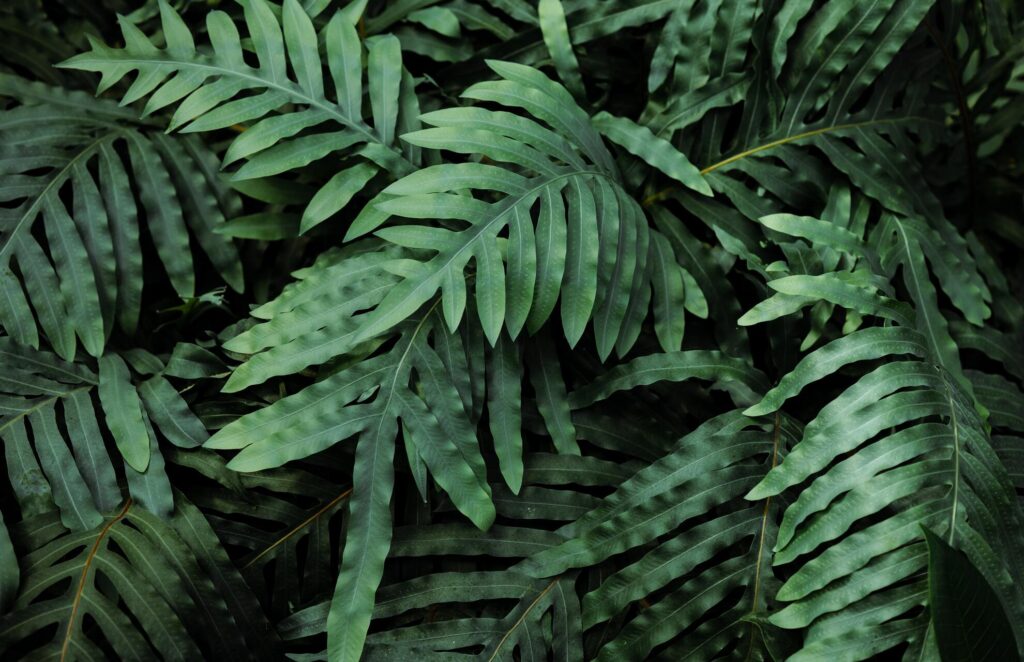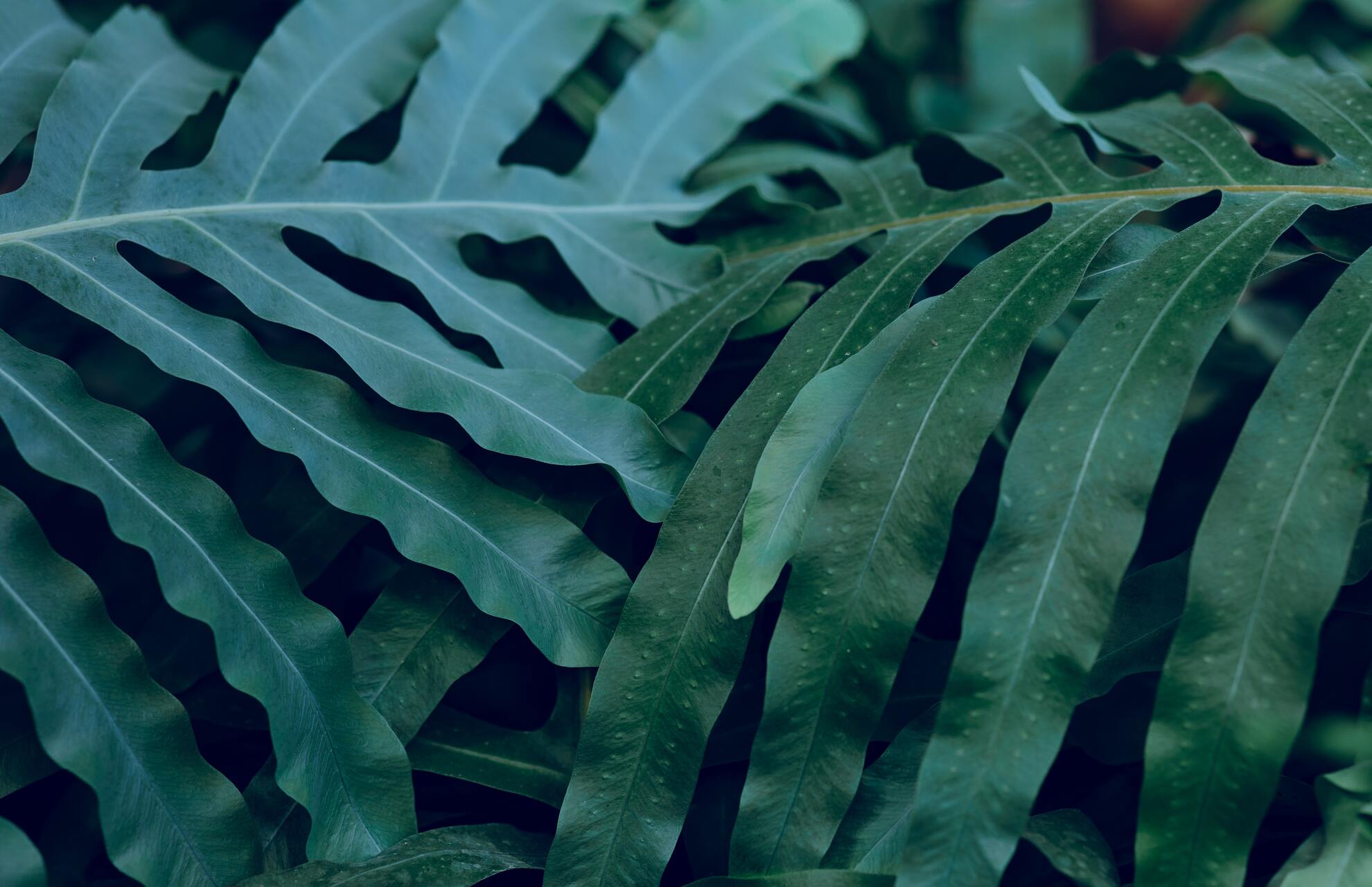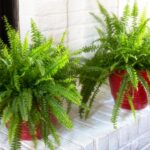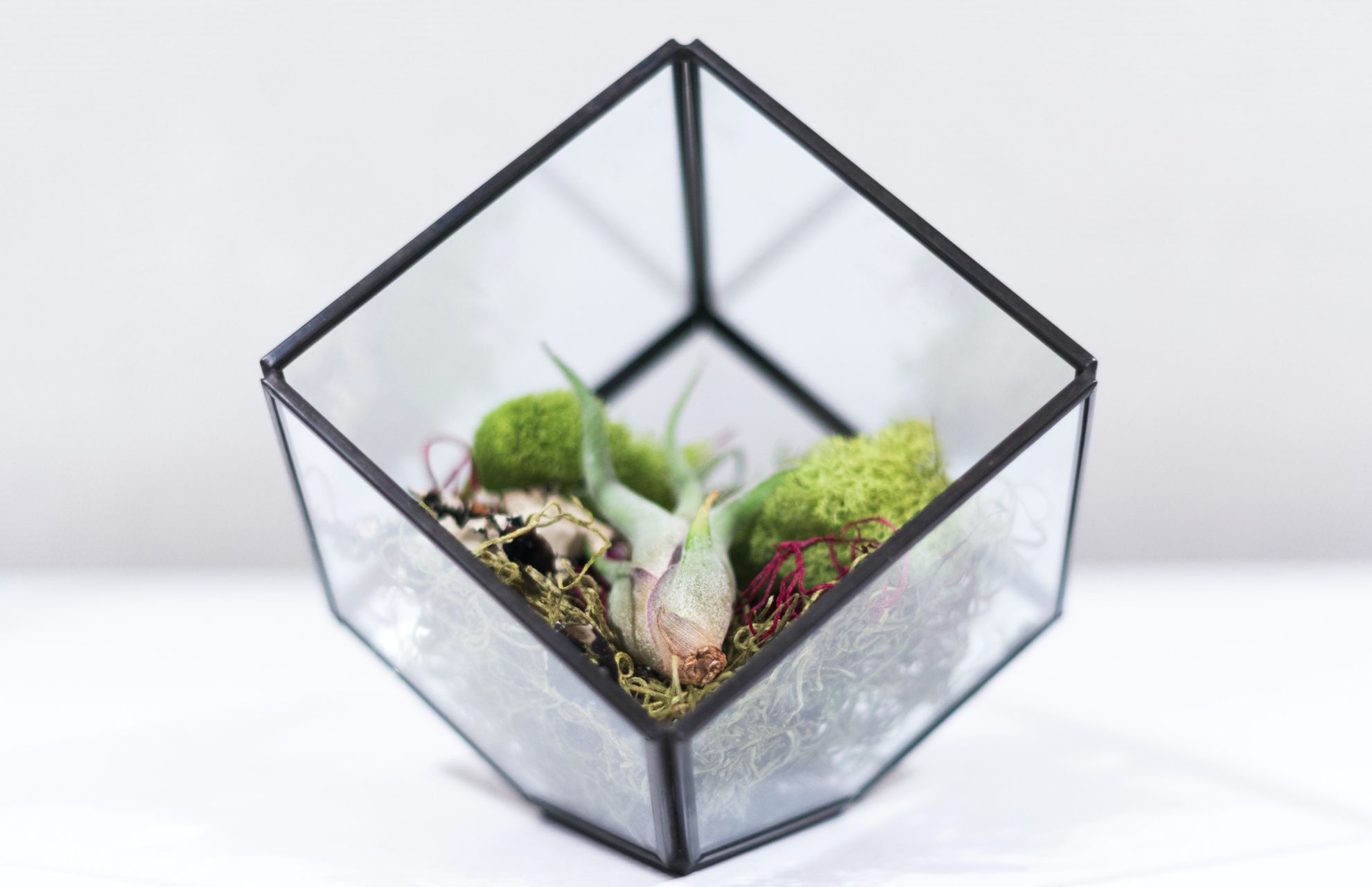The intriguing fern Phlebodium aureum also referred to as the blue star fern, has elongated fronds and a lovely green-blue hue. Provide high humidity, bright indirect light, and plant in well-draining, aerated soil for proper care of Blue Star Ferns. Read this article carefully and learn how to take care of your blue star fern.
Blue Star Fern
The Blue Star Fern (Phlebodium aureum) isn’t a typical finicky fern. Actually, it is an epiphyte that can be found naturally in a variety of arboreal and terrestrial environments.
Its slim, finger-like leaves have an appealing, calming blue-green hue that makes them stand out. They are textured and shaped like fat fingers. The plant’s golden-brown, furry “creeping rhizomes,” which cover the soil and overflow the rim of the pot, are another appealing feature.
The Blue Star Fern has a wide range of characteristics that have given it a variety of common names.
- Golden Serpent Fern
- Gold Foot Fern
- Cabbage Palm Fern
- Golden Poly body
- Palm Boot Fern
- Bear’s Paw Fern
The plant’s unique coloration contrasts well with other houseplants, but it also stands out on its own in a pot or hanging basket. On thin, delicate stems, the fronds, which can reach a length of one to two feet or more, actively sway in the wind.
When young and small, Blue Star Ferns make wonderful terrarium plants. They can grow to three feet high outside but typically stay smaller in pots.
Many members of its family lack the toughness that this fern possesses. It typically experiences periods of slower growth interspersed with cycles of faster growth. The plant is a happy year-round indoor evergreen that also thrives outdoors in a warm climate.

Blue Star Fern Care
Light
The blue star fern naturally grows attached to trees and other plants in forests where the canopies of the trees block out a lot of light. Despite this, it does appreciate the light.
Anything that isn’t the hot, direct sun ought to work. One of the many qualities that distinguish this species from other ferns, which really don’t deal well with any sun, is this.
Temperature
Blue star ferns don’t have particularly high-temperature requirements. In most cases, room temperature is acceptable. Be careful not to let it get too cold when it’s winter.
If you live in a cooler climate and prefer to grow your plants outdoors during the summer, bring the plant inside because frost is definitely a no-no.
Humidity
Phlebodium aureum prefers a lot of moisture because it is a (semi-)tropical forest plant. This makes it a great plant for places with high humidity levels, like north-facing bathrooms or kitchens.
No nice, humid spot to put your plant? It may be beneficial to run a humidifier or group your blue star fern with other plants.
How To Plant Blue Star Fern
Soil
The right soil is essential for watering your Blue Star correctly. Their mixture must quickly drain and continue to be well aerated even after a thorough soaking.
This fellow epiphyte should be given an orchid mix. The plant can accept a porous potting mix with good drainage and aeration if that is what is required.
Water retention and pH are additional factors. Your Blue Star Fern prefers slightly acidic soil that retains moisture without becoming soggy. Peat can increase both of these factors but use it sparingly as it retains too much water when used on its own.
Planting
Blue star fern doesn’t do well with its roots being soaked, so you should use a pot or container with a drainage hole to avoid standing water. This could be a standing pot, though a hanging planter might be a better option if you prefer your ferns to be a little higher up.
Blue star ferns don’t require frequent repotting, like many other epiphytes like the Phalaenopsis orchid. If your plant appears to be outgrowing its pot, you can repot it in the spring.
If you discover that your fern’s leaves are turning yellow after being in the same pot for a while, you should definitely repot it with some fresh soil! Perhaps the space required by its roots is lacking.
Watering
A small amount of dry soil can be tolerated by the Blue Star Fern. It enjoys consistent, light moisture without being overwatered because it is a tree-living epiphyte.
However, the main thing to avoid is soggy ground. Particularly susceptible to rotting in moist environments is the rhizome.
Following is some watering advice:
- Before rewatering, wait until the soil surface feels dry to the touch. Only the top inch may be allowed to dry out.
- Water your garden thoroughly when the time comes. Saturate the soil, and then let the excess drain away.
- Try not to wet the leaves, and avoid leaving water in the crown. Some gardeners water their plants from the sides of the pot, but this can make your home messy. If the soil is easily drainable, you can submerge the pot in a basin of water until the medium is completely saturated.
- Whatever technique you choose, make sure the pot drains completely. After the soil has drained, check your cache tray and empty it if there is any leftover soil.
- Salts and other fertilizer, mineral, and chemical residues, including chloramine, can be harmful to Blue Star Ferns. Think about using distilled or filtered water.
- Use water that is at room temperature to prevent chilling the roots.
- To prevent a buildup of residue from evaporated water, flush the soil after each watering. Just allow extra water to percolate through the ground and drain out the drainage holes. Drain well.
Feeding Blue Star Fern
Blue star ferns don’t need a lot of extra fertilizer, but you can add some diluted regular plant fertilizer during the growing season.
Don’t overfeed the plant as this could harm it!
Dividing And Repotting
Due to the sporadic production of a new creeping rhizome, your fern is likely to outgrow its container every few years. Consider it a sign that it’s time to divide and repot the plant when the rhizomes are pressing up against the container’s side or the plant appears to dry out quickly.
Carefully take the plant out of the pot to divide a blue star fern. Cut the plant into two or more pieces using a clean, sharp kitchen knife or a small folding plant saw, making sure that each division has a portion of the root system connected to a portion of the shoot system.
Despite the fact that you will need to cut through the rhizomes, don’t be concerned; there won’t be any long-term damage done. Instead of cutting, some gardeners prefer to manually split the root ball.
Once the divisions have been made, use your fingers to break up any remaining roots before planting each one into a separate pot with the aforementioned soil mixture. The planting depth should remain the same as it was in the previous container.
Water your blue star fern in well and don’t fertilize for the first two months after transplanting. The plant will be developing delicate new roots, which may be sensitive to the salts in fertilizer.
Additionally, spores can be used to spread blue star fern. Visit this post on fern spore propagation to find out how to grow this epiphytic fern in this manner.









